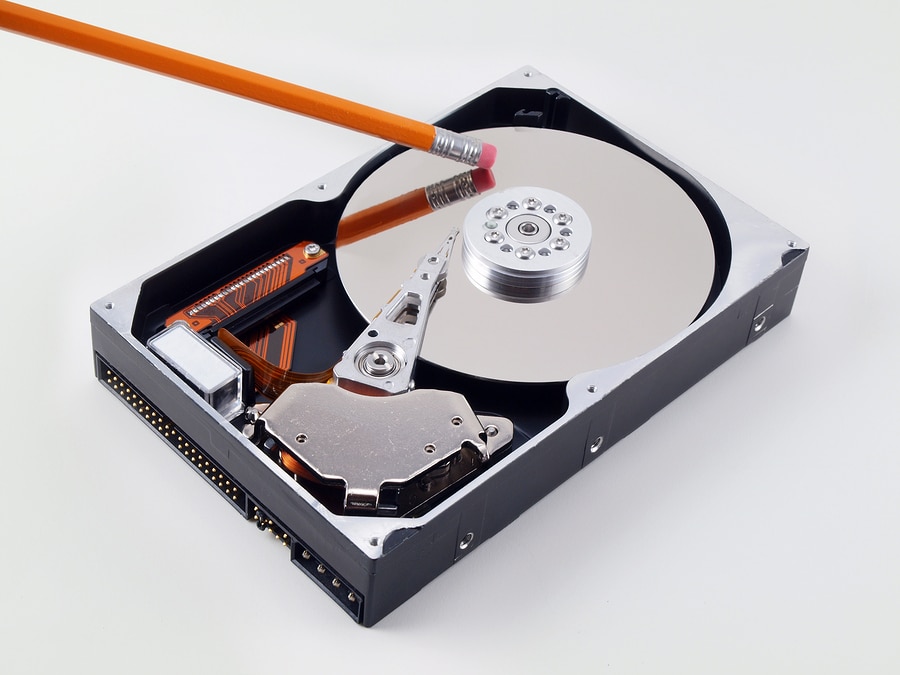Data Wiping and Hard Drive Reformatting: What’s the Difference?

When you upgrade to new computer equipment and dispose of older models, you may be resigned to simply shredding hard drives and recycling whatever you can. After all, you want to behave responsibly, protect your company and your customers, and comply with privacy laws and industry regulations regarding data security.
What if you didn’t have to shred old computer equipment and devices? What if you could comprehensively remove data so that it was completely beyond recovery so as to resell equipment and recoup some cost? Many companies are interested in the prospect of seeing some return on their massive investment in IT equipment, but you need to be sure that you’re doing all you can to avoid data breach, identity theft, and the many consequences that could follow.
This is why you need to understand all of your options, starting with data wiping and hard drive reformatting. What’s the difference between these methods? How will they benefit your company and contribute to your IT asset disposition (ITAD) strategy? Here’s what you should know before you automatically opt for shredding.
Data Wiping
The funny thing is that neither data wiping nor hard drive reformatting actually “remove” data from your hard drives. Data wiping works by overwriting hard drives. This means that existing data is replaced by a series of zeros. It’s sort of like taking a sharpie to a printed page. You never actually erase the typed content on the page, but you effectively cover it with enough ink that the data can never be recovered.
Multi-process data wipes are an acceptable means of eliminating data from hard drives so that you can legally resell equipment and devices in order to reduce some cost. However, you will need to contract with a partner that is reputable, reliable, and most importantly, certified. You should also look for transparency in the form of serial number tracking and other oversight and security procedures to ensure that you comply with all applicable laws concerning IT asset disposition.
Hard Drive Reformatting
Unlike data wiping, this is not an acceptable method of disposing of hard drives under the law, and this is because old data can still be retrieved following the reformatting process. Essentially, reformatting a drive merely unlinks files from the file system, making them unfindable, and then wipes the partition table so that files are not protected and even previously used disc space can be overwritten with new data.
However, the old data remains until it is overwritten. The only time hard drive reformatting is useful is if you plan to reuse equipment within your own company, as when you give previously used computers or devices to new employees. This process does not comply with privacy laws if you plan to refurbish and resell equipment.
Benefits of Refurbishment and Resale
If you want to refurbish and resell equipment, data wiping is your only real option. When you partner with a certified and reliable service provider like SEAM, you stand to recoup some cost, as well as reduce waste through reuse of equipment, as opposed to destruction and recycling. Contact SEAM today at 605-274-SEAM (7326) to learn more about the potential benefits of data wiping for your Sioux Falls business.
SEAM provides IT recycling and data destruction services including onsite shredding and hard drive wiping to South Dakota, North Dakota, Minnesota, Iowa, and Nebraska.
Schedule a pickup or contact us for more information.





